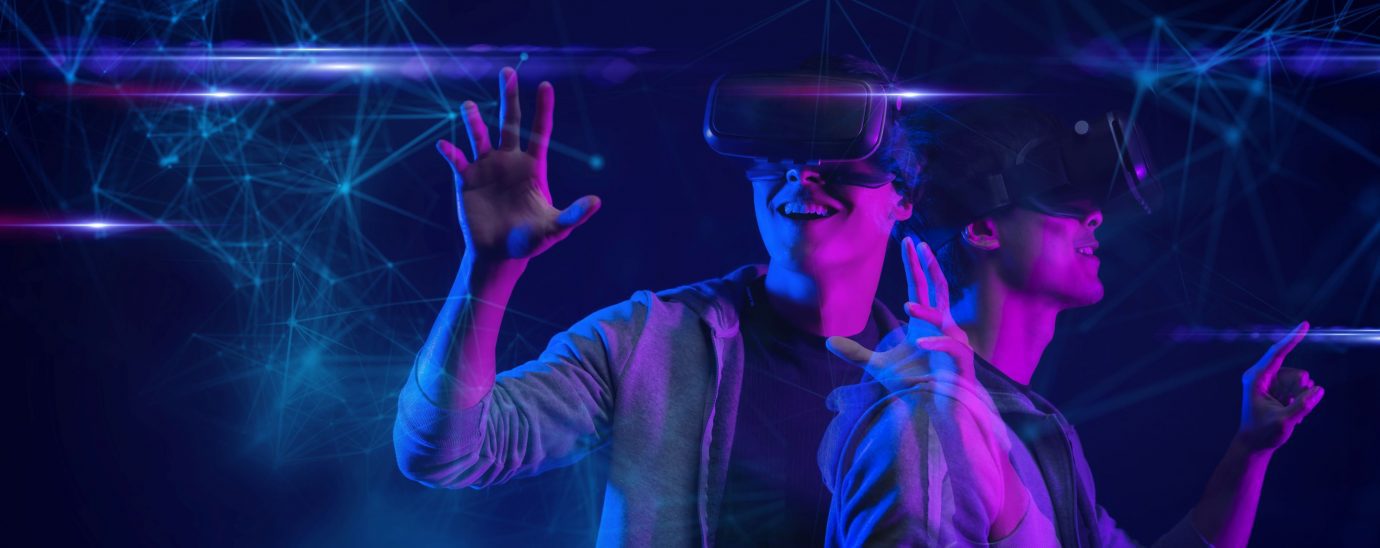Securing the Metaverse

We look at the subjects covered in our monthly magazine, this month’s edition concentrates on the Metaverse and Cybersecurity.
Metaverse, in the space of a year, has gone from being a barely known concept to one of the hottest technology topics on the planet.
It is a key driver for the Web 3.0 revolution and with many of us already spending 1/3rd of the entire day immersed in digital activities like streaming, social interaction, conference calls, gaming, watching television, the concept of a future where we interact, communicate and purchase in a virtual world, doesn’t sound so much like science fiction any longer.
The term itself was coined back in 1992 by Neal Stephenson, where his fictional novel “Snow Crash” covered digital avatars being used in a three-dimensional world based on the real world. There have been other examples since, like Ernest Cline in 2011 when he released a novel called “Ready Player One” which is set in 2045 where the world is suffering from an energy crisis, and where global warming combined with social problems is causing economic stagnation, sound familiar?
Well, the primary escape for most was to a place called the Oasis with the use of a virtual reality headset and haptic gloves.

The technology that will underpin the metaverse has been in development for some time, what has fuelled the velocity in terms of the new iteration, and its ascendence towards mainstream has been the coronavirus pandemic. If we look at one example, the uptake of video conferencing, born out of the inability to be able to meet people face to face; Zoom’s share price was $62 in April 2019, in October 2020 this reached $511. Conference calls and hybrid working quickly became the new norm.
Cybercrime always has, and always will exploit the vulnerability, and new technology adoption which has to integrate new systems, and where humans will be going through new learning curves all adds to more potential gaps and weaknesses to be targeted. We are all familiar with terms such as phishing, malware, hacking, there is no doubt that with this new digital world will come an entirely new breed of cyber-criminal.
The metaverse at its center will use cryptocurrencies, particularly decentralized finance (DeFi) and non-fungible tokens (NFTS), both very attractive prizes for criminals to invest huge resources into developing creative means to maliciously acquire them. The metaverse will also be heavily reliant on external hardware for the user to see, hear and experience the virtual world, these devices can also be targets for criminal attacks.
The metaverse will transform the way business is conducted, new forms of business will evolve, and no doubt our digital interactions will produce new even more exciting paradigms for the future landscape of technology.
However, currently today it is largely unregulated. Therefore, without the legislation to protect vulnerability and support crime resolution, the risks are high for those looking to be early adopters.
Many are looking to develop an ecosystem of trust. These trusted networks will be built with the metaverse specifically in mind, so their algorithms, structures, frameworks, and regulation policies with the hardware and software development cycles will address distinct principles of safety, privacy, and ability to share data securely and effectively, essentially building a DNA for the technology to evolve.
This opens the potential for producing an incentive-based way of operating which could reward good behavior and positive digital interactions that lead to the safe protection of users. It is clear digital transformation will accelerate, companies will have to place cyber resilience and the practice of DevSecOps as critical business functions.
How applications are developed at the very inception will have to be designed with security first. Education will play a big part in minimizing the effectiveness of cybercrime and it is likely as the Metaverse becomes more mainstream, it will form a core part of the curriculum.
The truth is cybercrime will always exist, so accepting the reality that there will be breaches is important to understand. Cybergangs will be met with Governmental and protective bodies to make their lives as difficult as possible. The best defense for most businesses will be minimizing the impact through rapid detection, response, and recovery.
There is no doubt this exciting digital world will lead to incredible immersive experiences and present an abundance of opportunity for us all, so as long as we can enter it with the right education, and best awareness, then we should strap on up and strap on in to embrace the experience to its fullest.
If you would like to read more on this, please download our Free E-Magazine here.

Click here to discover more of our podcasts
For more news from Top Business Tech, don’t forget to subscribe to our daily bulletin!